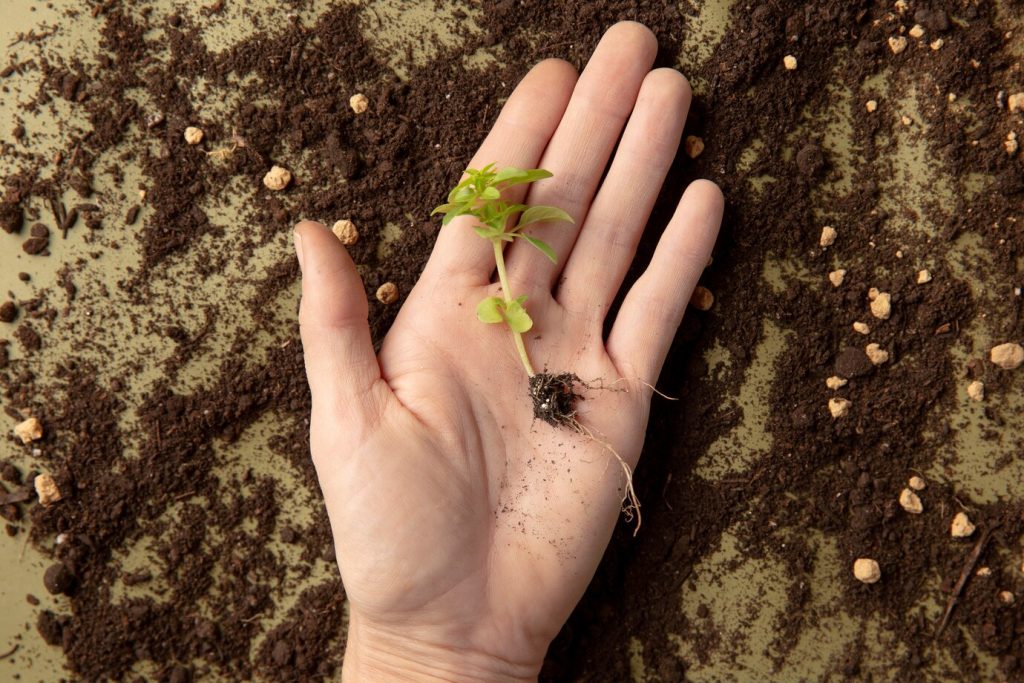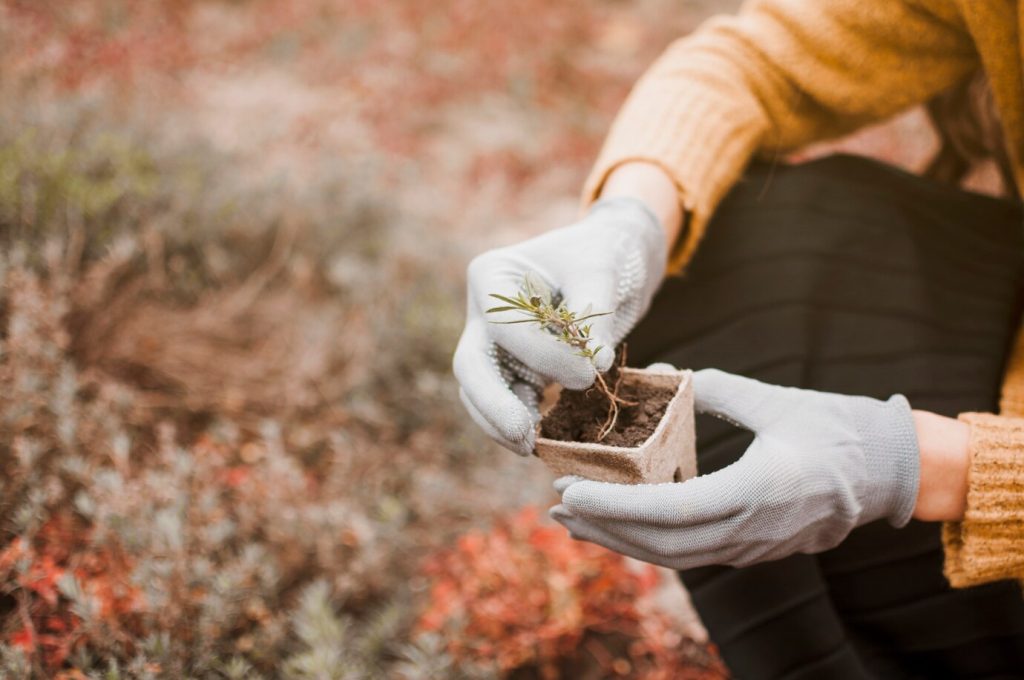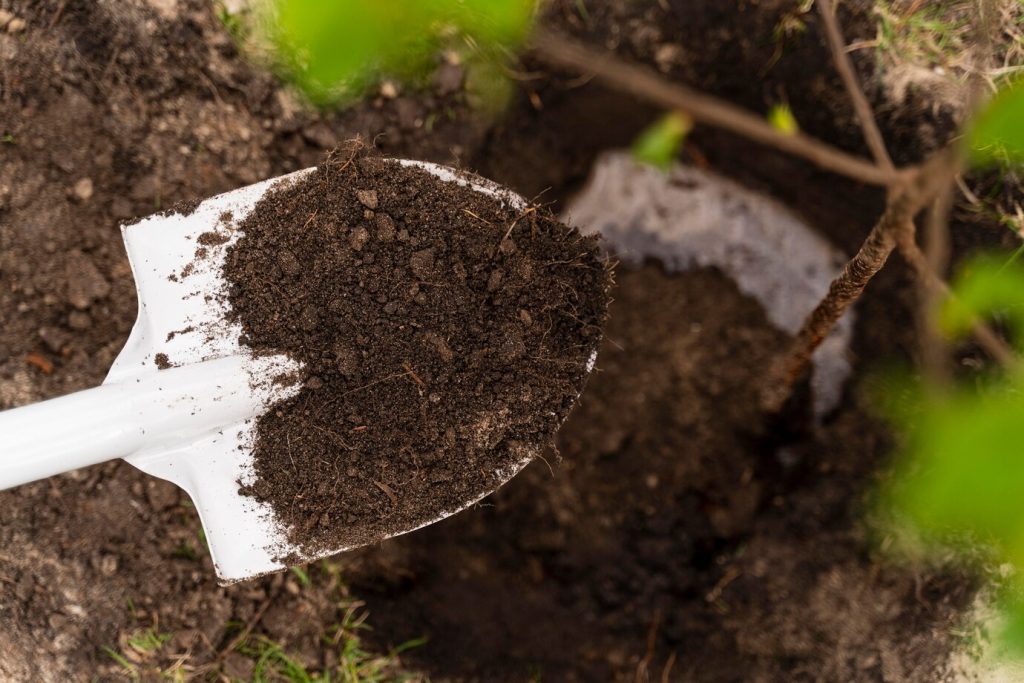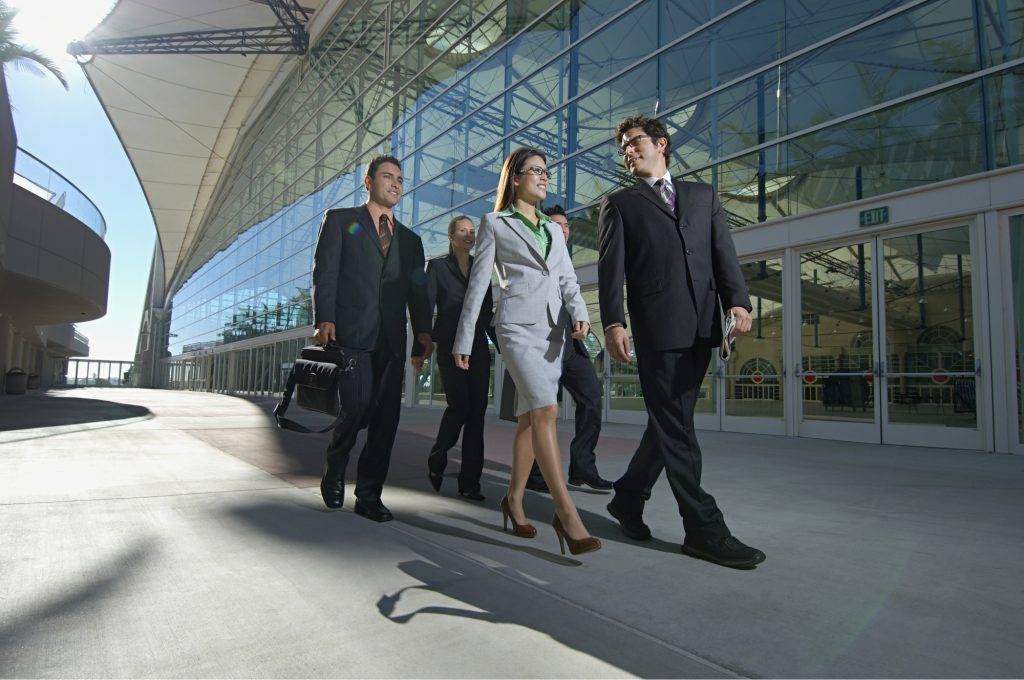Biotech Overview: A Journey into the Future of Science and Health
Greetings! I am Alex, thrilled to impart my knowledge in the captivating technology field. If you’re anything like me, you have a naturally inquisitive intellect that can’t help but ponder the remarkable progress we’re seeing in the sciences and how it will affect our lives. This guide seeks to be a friendly, insightful introduction to biotechnology for the layperson, at least as friendly and insightful as biochemistry allows. What is Biotechnology? Biotechnology is a vast field that merges biology with technology to create products and processes that enhance life and the health of our planet. The field encompasses various activities, from generating genetically modified crops to producing life-saving pharmaceuticals. Key sectors where biotechnology has important applications include the following: Healthcare: Biotech firms develop new diagnostic tools, drugs, and vaccines. Agriculture: The sector applies biotechnology to improve crop yields and resistance to pests. Environmental Conservation: Biotech firms develop new processes to clean up oil spills and other pollutants and degrade plastics. Common Questions About Biotechnology As I have explored this topic, I’ve repeatedly seen several questions asked by those interested in biotech. Here are some of the queries that come up most often: In what ways does biotechnology affect the health sector? What ethics issues are associated with biotech? In what manner is biotechnology employed in farming? What are the upcoming directions for biotech? How does one enter the biotech workforce? Let us together explore these questions! The Impact of Biotechnology on Healthcare The healthcare sector has experienced remarkable revolutions through biotechnologies. One of the most significant would be the development of monoclonal antibodies. These are engineered proteins; like all proteins, they can do only one thing really well: bind to other molecules. Monoclonal antibodies are thus molecular scalpel jobbers. They can find a specific cell type in other cell types. That property is what makes them useful, especially in treating cancers. Personal Story: My Experience with Biotech Innovations When my grandmother received a diagnosis of a rare disease, I had no idea how much biotechnology would come into play in her treatment. With my grandmother now having a life-threatening illness, we turned to the healthcare system for help. Thankfully, she was able to access a “personalized” drug treatment that arose directly from the successes of the field of biotechnology. Ethical Considerations in Biotechnology Mighty power entails mighty responsibility. The swift progress of biotechnological change prompts the most significant and serious ethical deliberations. These are foundational questions. They go to the heart of the matter. For instance: Genetic Modification: Is it ethical to change the genetic makeup of organisms, including humans? Access to Treatments: How do we ensure that revolutionary therapies are available to everyone, not just the lucky few? Environmental Impact: What are GMOs’ effects on our ecosystems, seen and unforeseen? These inquiries are fundamental as we move through the intricate terrain of biotechnology. When we engage in open discussions about ethics, we come to a place where society can make more informed decisions and policies that affect all of us. Biotechnology in Agriculture Progress has also been made in applying biotechnology in agriculture, helping address global food security and sustainability challenges. The following are several ways in which biotech is revolutionizing agriculture: Crops Modified at the Genetic Level: These crops are designed to withstand storms, droughts, and other disasters. Yet, despite all that engineering, it is still the pest that gets the greatest number of people working in agronomy out of bed in the morning. Biopesticides: Counting on natural organisms to control pests makes breathing easier, especially if the alternative is a red flag that the EPA has put on some pesticide. Valuing Sustainable Practices: Biotech is not a magic bullet, but it helps. Biotech’s regenerative revolution in farming may apply targeted power in the places that need it most, keeping crops from going belly up. Example: My Local Farmer’s Market I frequent my local farmer’s market, where I’ve encountered farmers who use biotech methods to grow their food. They have told me how these innovations have allowed them to farm in a way that sustains them and the ecosystems in which they work, providing fresh, nutritious food to their communities. The stories shared at the farmer’s market are quite riveting. Future Trends in Biotechnology Biotechnology’s future is bright and full of possibilities. Here are some trends that are exciting to follow: Precision Medicine: Customizing treatments to the unique genetic makeup of each patient will result in far more effective therapies with fewer side effects. Synthetic Biology: This nascent field is about designing and constructing new biological parts, devices, and systems. For innovative solutions, look here. CRISPR: This gene-editing tool can do amazing things. On the medical front, it could be used to correct genetic disorders. In agriculture, it could be used to improve crops. Getting Involved in Biotechnology If you are passionate about biotechnology and wish to pursue a career in it, you have several options to consider: Education: Obtain a degree in biology, biotechnology, or a similar discipline, with many universities now offering tailored programs in this area. Internships: Get real-world experience by working with biotech companies or research institutions during college. Networking: Establish relationships with industry insiders by joining associations or attending conferences related to biotechnology. Encouraging Engagement Your thoughts on biotechnology would be great to hear! Have you had any encounters with biotech innovations? What queries do you have about this awesome field? You can attain the repository of knowledge that this article represents by leaving a comment below or sending it to a friend who might also enjoy engaging with it. Conclusion To sum up, biotechnology is a fast-moving domain with great potential for enhancing our lives and solving worldwide problems. If we understand biotechnology’s effects on our health and the food we eat, hear debates about it in political and ethical terms, and keep an eye on where its trends are taking us, we can have a real say in what potential this vibrant industry has for good. Being informed and engaged
Biotech Overview: A Journey into the Future of Science and Health Read More »








